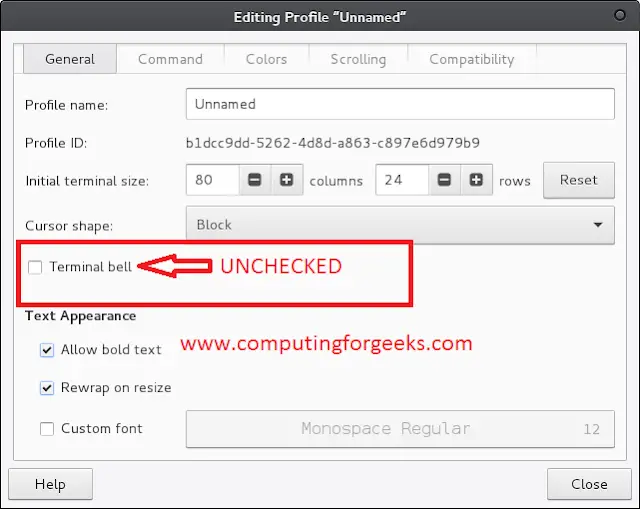According to documentation, An AutoField is an IntegerField that automatically increments according to available IDs. One usually won’t need to use this directly because a primary key field will automatically be added to your model if you don’t specify otherwise.
By default, Django gives each model the following field:
id = models.AutoField(primary_key=True, **options)
This is an auto-incrementing primary key. Even if the model doesn’t have any field, a default field will be created named as id.
Django Model AutoField Explanation
Illustration of AutoField using an Example. Consider a project named neveropen having an app named Lazyroar.
Refer to the following articles to check how to create a project and an app in Django.
Enter the following code into models.py file of Lazyroar app.
from django.db import modelsfrom django.db.models import Model# Create your models here. class GeeksModel(Model): pass |
Add the Lazyroar app to INSTALLED_APPS
# Application definition INSTALLED_APPS = [ 'django.contrib.admin', 'django.contrib.auth', 'django.contrib.contenttypes', 'django.contrib.sessions', 'django.contrib.messages', 'django.contrib.staticfiles', 'Lazyroar',] |
Now when we run makemigrations command from the terminal,
Python manage.py makemigrations
A new folder named migrations would be created in Lazyroar directory with a file named 0001_initial.py
# Generated by Django 2.2.5 on 2019-09-25 06:00 from django.db import migrations, models class Migration(migrations.Migration): initial = True dependencies = [ ] operations = [ migrations.CreateModel( name ='GeeksModel', fields =[ ('id', models.AutoField(auto_created = True, primary_key = True, serialize = False, verbose_name ='ID' )), ], ), ] |
Thus, an id AutoField that auto increments on every instance of that model is created by default when you run makemigrations on the project. It is a primary key to the table created for the model named GeeksModel.
If we create objects of this empty model from the admin server. we can see id field autoincrementing on every instance created.
Field Options
Field Options are the arguments given to each field for applying some constraint or imparting a particular characteristic to a particular Field. For example, adding an argument primary_key=True to AutoField will make it primary key for that table in relational database.
Here are the option and attributes that an Autofield can use.
| Field Options | Description |
|---|---|
| Null | If True, Django will store empty values as NULL in the database. Default is False. |
| Blank | If True, the field is allowed to be blank. Default is False. |
| db_column | The name of the database column to use for this field. If this isn’t given, Django will use the field’s name. |
| Default | The default value for the field. This can be a value or a callable object. If callable it will be called every time a new object is created. |
| help_text | Extra “help” text to be displayed with the form widget. It’s useful for documentation even if your field isn’t used on a form. |
| primary_key | If True, this field is the primary key for the model. |
| editable | If False, the field will not be displayed in the admin or any other ModelForm. They are also skipped during model validation. Default is True. |
| error_messages | The error_messages argument lets you override the default messages that the field will raise. Pass in a dictionary with keys matching the error messages you want to override. |
| help_text | Extra “help” text to be displayed with the form widget. It’s useful for documentation even if your field isn’t used on a form. |
| verbose_name | A human-readable name for the field. If the verbose name isn’t given, Django will automatically create it using the field’s attribute name, converting underscores to spaces. |
| validators | A list of validators to run for this field. See the validators documentation for more information. |
| Unique | If True, this field must be unique throughout the table. |
















Please Login to comment…